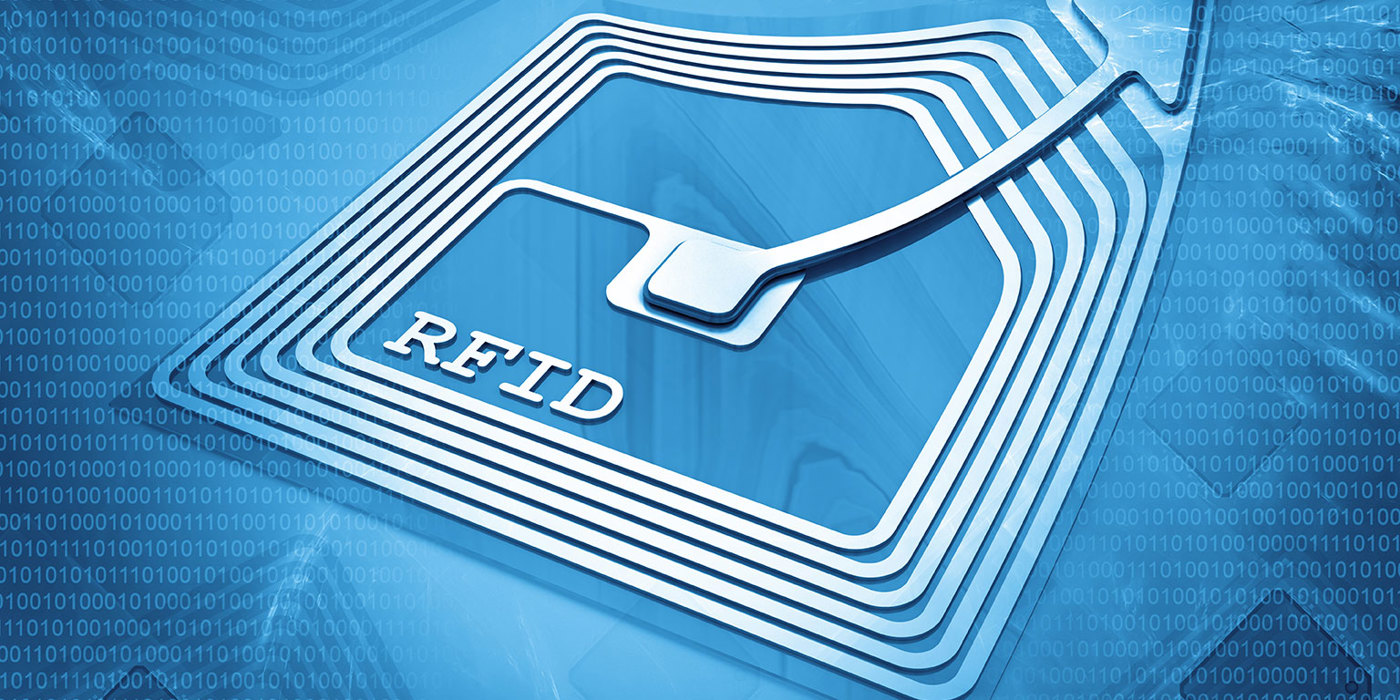What Is RFID? Can It Automate Replenishment For Customers?

RFID, or radio frequency identification, uses information electronically stored in smart barcodes to track and identify inventory items. When used with eTurns TrackStock, RFID is a valuable tool to help distributors and your customers create and maintain an easy-to-use automated inventory management system.
How RFID Works in Inventory Management
RFID tags are used to identify an item to replenish, a tool to locate, or an asset to identify. The central database knows that a specific RFID tag is associated with the item, tool, or asset.
As a distributor you may offer your customers an RFID system to accomplish multiple automated transactions. When an RFID tag is read, one outcome may be creating an order. It may also mean an item is received at the loading dock.
Reading an RFID tag can also mean a bin of material has been consumed, which then triggers replenishment. The range of applications for an RFID system is limitless.
There are two types of RFID tags: passive and active. Let's take a look at both:
- Passive tags are antennae that reflect the signal from an RFID reader and track close-range transactions. They don’t include their own power source but rely on energy transmitted from readers.
- Active tags are larger than passive tags and can be read from greater distances. They’re also battery powered and broadcast their own signal.
Active RFID tags have a built-in power source, a battery, and their own transmitter, and typically are used to track items from a longer distance, even miles away.
What RFID Can Do for Distributors
Manufacturers and distributors can use RFID to record when and how many items are used, and by whom. Because this technology records an item’s location, employees can use it to find items quickly, rather than waste time searching shelves for a particular item, tool or asset.
We’ve found our own RFID inventory management software is particularly useful in a digital Kanban two-bin system. When the bin in front is emptied, you scan it past the RFID tower to trigger replenishment before placing the empty bin in a collection point, and the full bin is pulled from back to the front, ready to be used.
By the time the second bin is emptied, the inventory has been replenished and stored in the collection point bin. When filled, the replenished bin is placed behind the front production bin. Then the cycle repeats itself – without the risk of overstocking or running out of inventory.
TrackStock RFID also works with consigned inventory, where it provides easy reconciliation with a common set of books for distributors and your customers. Our solution can be set up at your receiving dock, so when inventory arrives it's immediately received.
Benefits of RFID
For you and your customers, the benefits of using eTurns TrackStock RFID include:
- Automating the re-ordering, receiving, or consumption processes, which can reduce procurement costs by up to 90%
- Eliminating stock-outs, while reducing cash-in-inventory by up to 73%
- Providing continual real-time visibility and monitoring of inventory from any browser
- Eliminating 99.9% of human error
- High return on investment through reducing procurement costs, having customers participate in replenishment, and eliminating manual data entry as well as overstock/stockouts.
Distributors report a 30% increase or more in same-customer revenue when they offer value-added services like eTurns TrackStock RFID to their customers.
Book a demo today to see it firsthand or start your free 30-day trial now.




